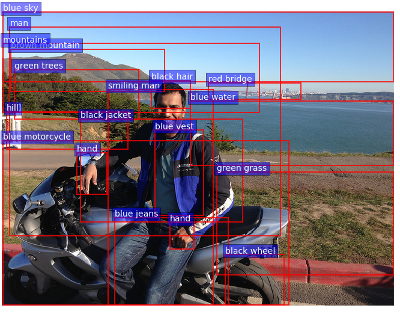Tips and Tricks for Visual Question Answering: Learnings from the 2017 Challenge
This paper presents a state-of-the-art model for visual question answering (VQA), which won the first place in the 2017 VQA Challenge. VQA is a task of significant importance for research in artificial intelligence, given its multimodal nature, clear evaluation protocol, and potential real-world applications. The performance of deep neural networks for VQA is very dependent on choices of architectures and hyperparameters. To help further research in the area, we describe in detail our high-performing, though relatively simple model. Through a massive exploration of architectures and hyperparameters representing more than 3,000 GPU-hours, we identified tips and tricks that lead to its success, namely: sigmoid outputs, soft training targets, image features from bottom-up attention, gated tanh activations, output embeddings initialized using GloVe and Google Images, large mini-batches, and smart shuffling of training data. We provide a detailed analysis of their impact on performance to assist others in making an appropriate selection.
PDF Abstract CVPR 2018 PDF CVPR 2018 Abstract





 MS COCO
MS COCO
 Visual Question Answering
Visual Question Answering
 Visual Genome
Visual Genome
 Visual Question Answering v2.0
Visual Question Answering v2.0
